“For sale: Baby shoes, never worn.” With only six words, the author of this flash fiction tells a complete story, igniting the imagination of the reader and evoking an emotional response. Art, in its many forms—literature, music, visual art, and more—serves as a powerful vehicle for storytelling. It not only reflects cultural narratives but also drives societal transformation by evoking emotions, sparking dialogue, and inspiring actions for change. 40u40 Alumnae Veerle Simoens (Cohort 2021 Spring), Florence Derck (Cohort 2021 Autumn), and Lynn Tytgat (Cohort 2023) discuss the profound impact of art and culture on society, exploring the significant role they play, how they achieve a positive impact, and why art and culture are essential components of societal progress.
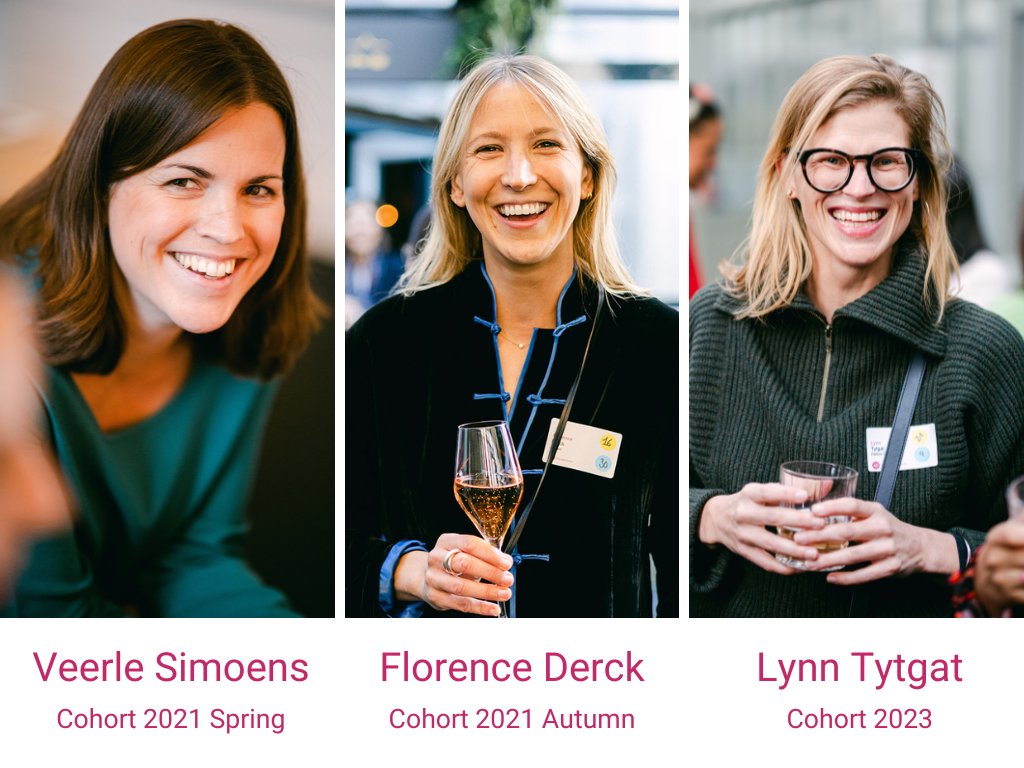
Veerle Simoens joined the 40u40 program in 2021 with the first Cohort. Having started her career as a professional cellist, Veerle is now the General and Artistic Director of the Flanders Festival Ghent, an annual international music festival. She shares her passion for art and culture with Florence Derck, Fellow of Cohort 2021 Spring. Florence is CEO and owner of Demain Art, a project dedicated to making art accessible to everyone. In Florence words: “We work with emerging artists based in Belgium, showcasing their work and making sure they are seen.” Lynn Tytgat, Fellow of Cohort 2023, is the CEO of TheMerode, a private members’ club in Brussels, offering a space for networking, cultural events and experiences for personal growth and positive change. Before taking on this new role at the end of August 2024, Lynn was the head of weKONEKT.brussels and a visiting professor at Vrije Universiteit Brussel with the mission to bring art and science closer together and to foster collaboration between universities and cultural institutions in Brussels.
One striking example of art as a driver of change is The (Uncertain) Four Seasons, a composition made by bringing together scientists and orchestras to reinterpret Vivaldi’s original score. The new composition is modeled after imagining the future using the latest climate data, which assumes no effort to restrict greenhouse gas emissions. A passage in summer, originally representing a peaceful nap in the sun, is now a nightmare in times of wildfires, food shortages and other crises becoming more frequent. Veerle describes listening to the piece as “coming right to your heart, it takes space there and leaves you speechless.” This composition resonates emotionally, it actively engages listeners with the urgent realities of climate change.
Florence points out that “When talking about sensitive or political topics, artists can show you and have you experience things differently than reading an article or a newspaper.” She cites the example of Chinese artist Ai Weiwei, who in his piece Remembering addressed the impact of the 2008 earthquake in Sichuan, China, where more than 5000 children died. He used school backpacks to spell the words “She lived happily for seven years in this world” in Mandarin, a quote from a mother of one of the deceased children. Florence recalls, “This art piece was impressive to witness. Seeing all the bags of the children makes you look differently at things; it is so much more emotional.” Art and culture can be a catalyst for change because, as Lynn explains, “it inspires and engages us, not only through the mind, but through our heart and all our senses.” As humans, we speak through the heart, Veerle points out, and art is one language to do so. Even though the impact is very personal, “if we work on one personal life, then in the end, we work on society.” Art’s ability to touch individuals on a deep, personal level often ripples outwards, influencing communities and shaping societal values over time.
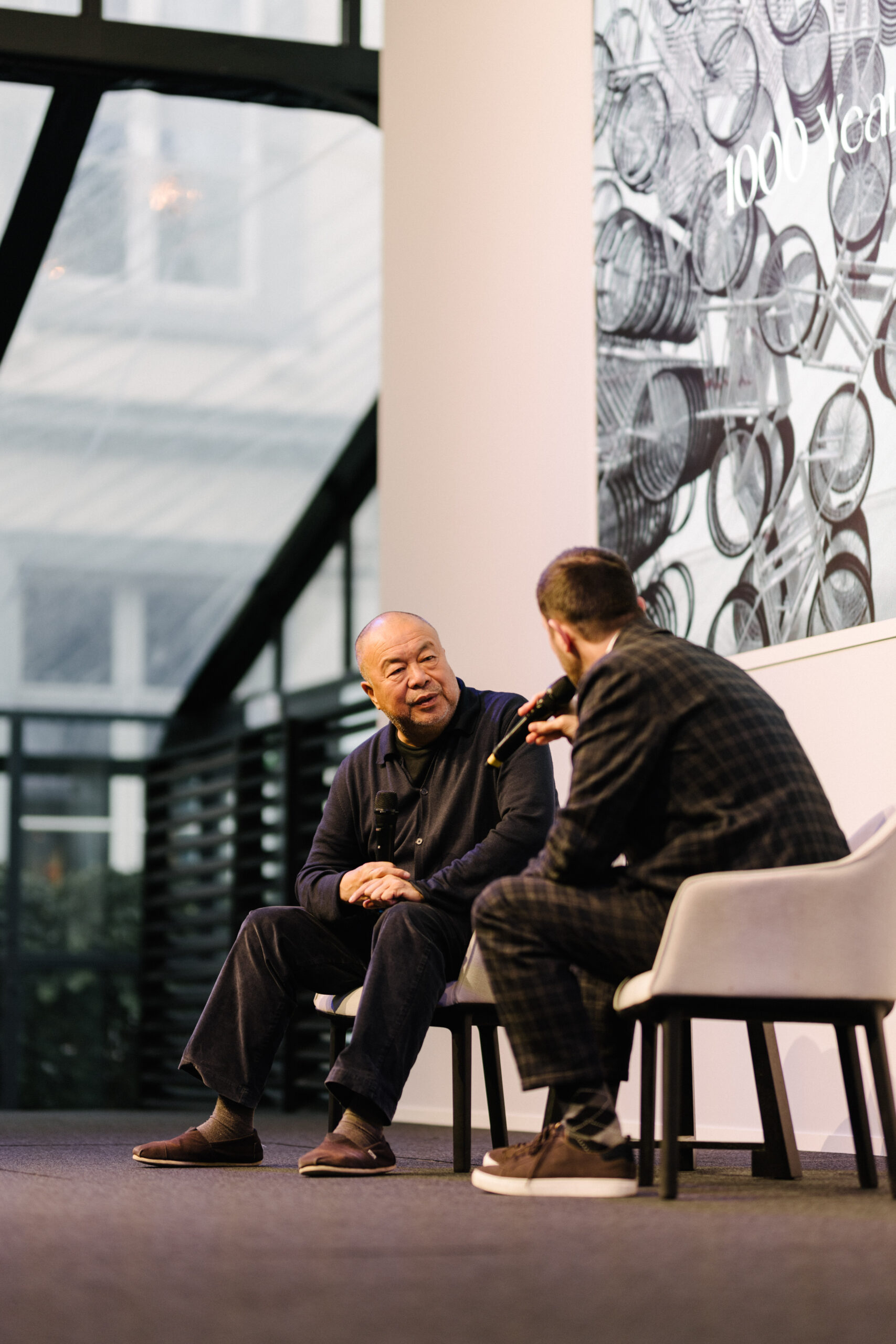
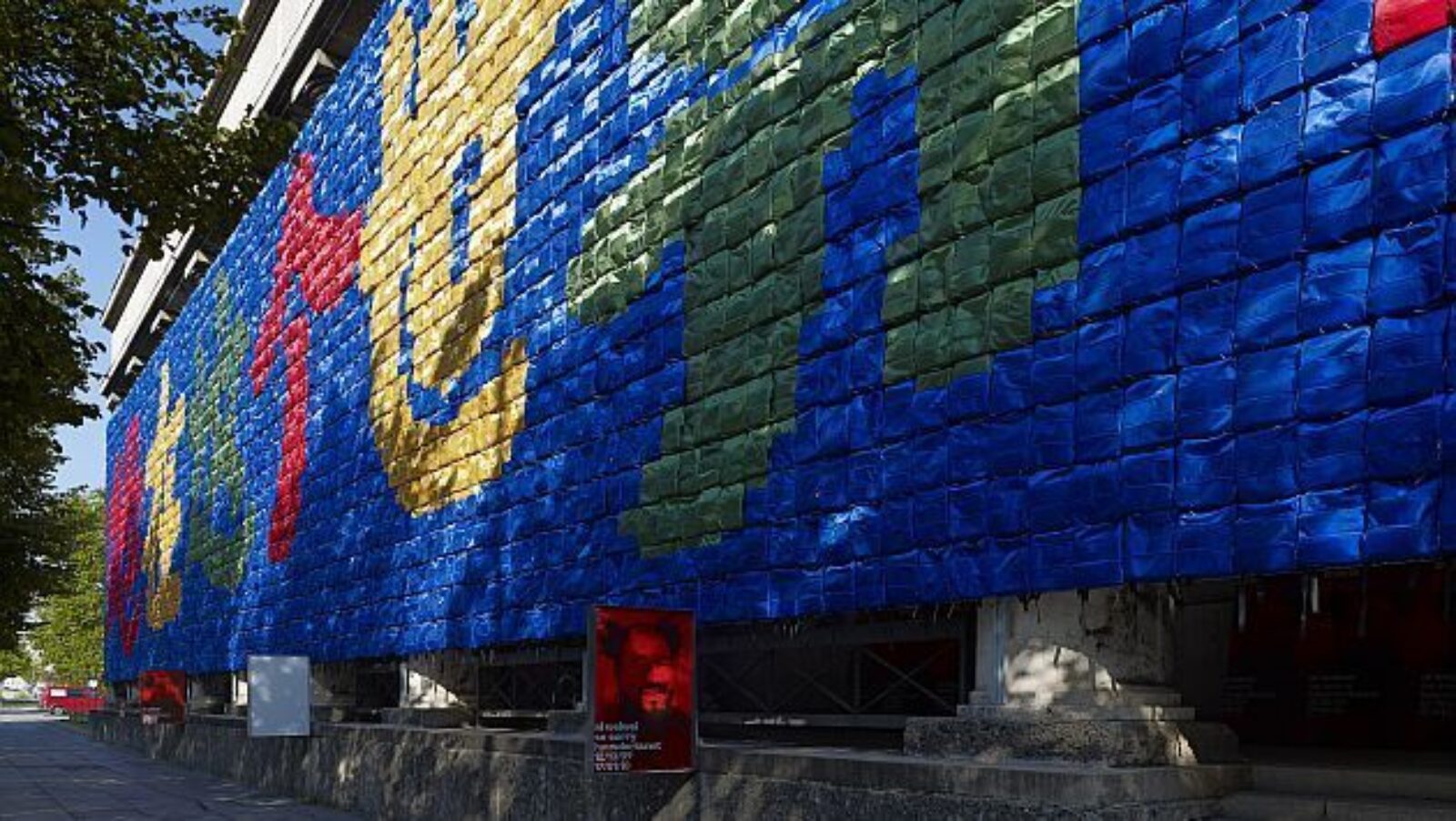
Additionally, art connects people, making us forget borders and differences. Lynn points out how “art creates a sense of belonging by sharing a moment together. In today’s society, we witness a lot of polarization and prejudices, we think in boxes. But art, a concert for example, can create a sense of belonging to something bigger.” Veerle shares an anecdote about a concert she organized in Ghent: “The mayor called me after hosting an important meeting. He said he had to thank me because the concert helped all the attendees, who didn’t know each other, to start talking. It created a different atmosphere, making the meeting more fluent and easier than anticipated.” Music, she explains, allows us to “speak the same language.” Whether it is sitting next to someone from a different culture or engaging in a shared artistic experience, art creates powerful bonds that transcend differences.
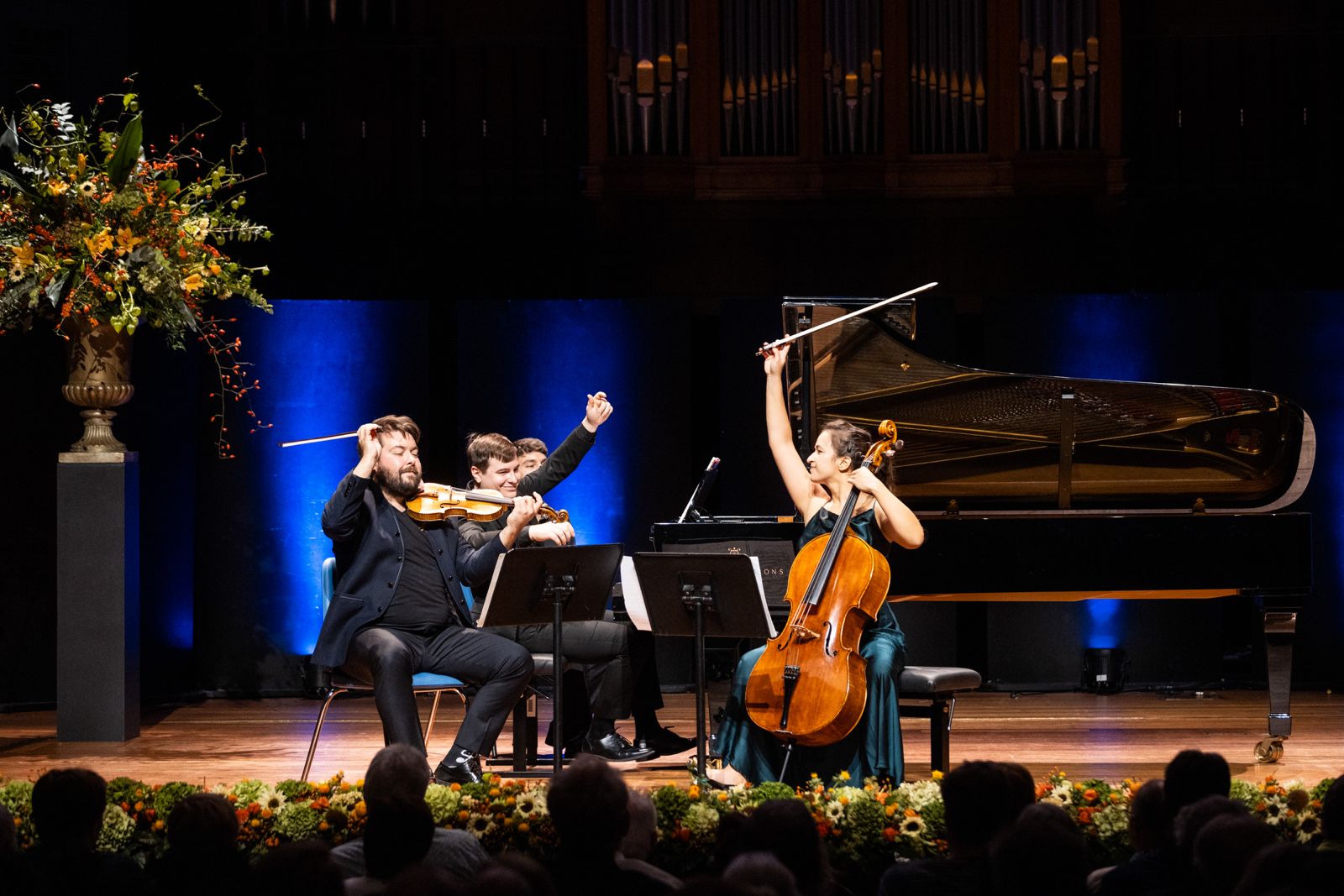


The Belgian slam poet Lisette Ma Neza, Brussels first city poet, uses her art to talk about societal issues and personal stories, blending the beauty of words with themes such as migration and inequality. Art as such can activate, it can inspire actions for societal change. However, “art can activate, but doesn’t always have to,” Veerle remarks. “Art doesn’t always have to express pain or political situations, it can also elevate you, make you happy and give you a good moment,” Florence says. For Lynn, art doesn’t need to make immediate sense, and its impact may not be felt right away. Sometimes, art becomes more meaningful over time. It is also important to simply experience art in the moment, without overthinking, just for the sake of the experience itself. The three Alumnae highlight research showing art’s positive influence on wellbeing, such as improving cognitive function and quality of life in individuals with dementia, or reducing symptoms of anxiety and depression.
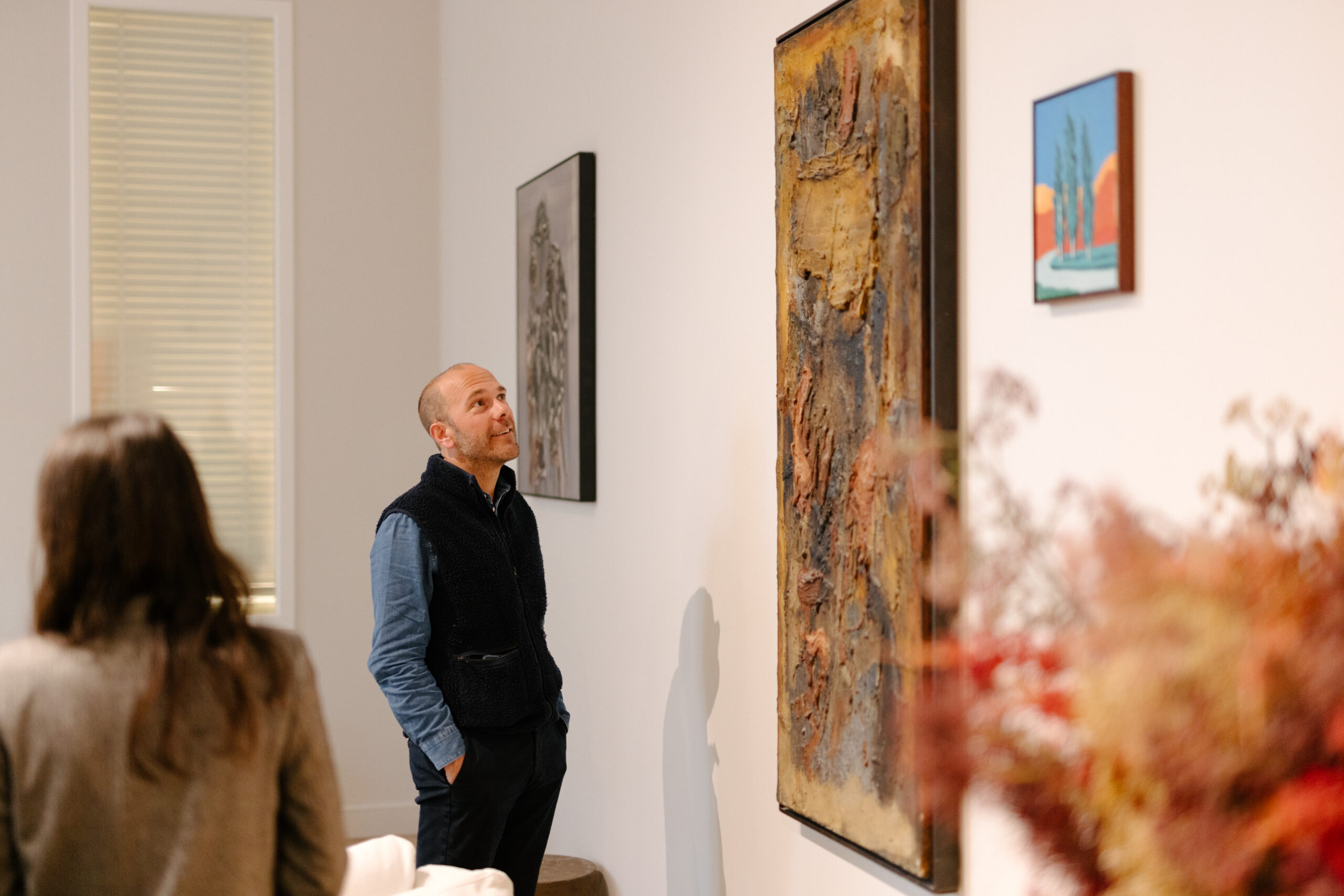
For Lynn, “Art opens windows and doors to the world. It is a form of expression, a catalyst for change. It is about feeling comfort, evoking emotions, but also bringing new insights.” Art can transmit a message and educate its recipient, often by inspiring them to ask the right questions. Veerle shares that The Flanders Festival Ghent 2024 revolves around the topic of Europe and its borders. “What is Europe? What are borders? What is happening in Europe? Asking these questions is a type of education. It is not about answering them, but about putting these questions out there and evaluating their complexity, it gets people thinking.” Lynn points out that “It is an illusion that people follow things based purely on facts. Our decisions are mostly made in an irrational way through storytelling. Climate change is an example, we can repeat the facts, remind people, but only by creating a story does the message truly resonate.” Art educates and informs, but it also requires a union of different actors to create social change: “You need different disciplines and forms of communication to sensibilize people and inform them about societal challenges and questions. We need scientists, entrepreneurs, journalists, but also the arts!”
Florence remarks how artists can be more perceptive than the rest of society, they often sense societal shifts before others: “Just look at art from the past, artists have often addressed themes in their work that only later became major societal concerns.” Veerle agrees, citing Orwell as an example to highlight how artists can sometimes be ahead of their time. “Throughout history, what stays is art and architecture. It is a piece of history, and you can look at it and see how people were living, what their problems were. Art is the most useful tool to tell a story for the future,” Florence shares. To exemplify this, Veerle points to the inauguration of Joe Biden and the poem The Hill We Climb by Amanda Gorman: “We all remember the inauguration of Biden, but we don’t remember what people said. We do remember this poem, it went straight to our hearts, and we can, even later, still feel its power.”
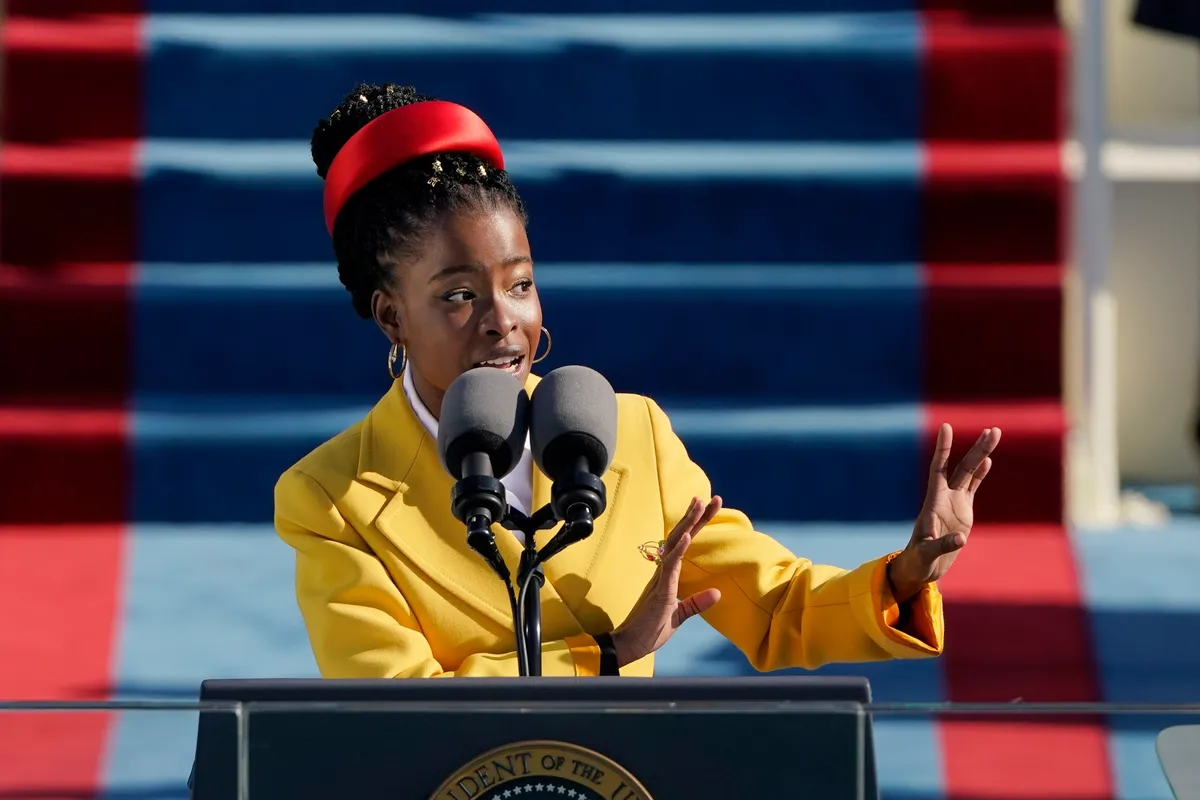
Art and artists should be cherished and valued. “At the beginning of COVID-19, people were occupied with managing the new situation. But after a few days, we were standing on our terraces and singing together. We need art, this is a powerful example that people connect through art,” Veerle reflects. Art’s impact may be personal and difficult to measure, but it is profound and lasting. Unfortunately, art is often dismissed in society, not seen as a priority, but Lynn, Florence, and Veerle are on a mission to change that. They emphasize the importance of fostering creativity from a young age, making room for art in children’s lives through hobbies or education. “It is about expressing yourself, communicating, learning to use your imagination, and dreaming of possibilities. It is about looking at the world from a place of wonder,” Lynn concludes.
Art can drive societal change by telling stories that evoke emotions, spark critical thinking, build connections, nurture our wellbeing, and provide a legacy that educates and inspires. The importance of art emphasized by the three Alumnae aligns with the values of Belgium’s 40 under 40, an initiative focused on creating a positive impact on society. As the CEO, Laurent Coulie notes, “Passionate art and culture enthusiasts like Florence, Lynn, Veerle, and others bring invaluable insights to the 40u40 Community, offering us much to learn! We hope to see more people from the cultural sector to join 40u40 to help us explore societal impact through art.”
The 40u40 Community needs not look far to encounter art. TheMerode, the home of Belgium’s 40 under 40, offers exhibitions and events about art and culture. The club is a space where art is both displayed and celebrated, featuring over 100 pieces from 60 different artists. Emmanuelle Indekeu, Chief Art Officer of TheMerode, curated the current exhibition, In Sole Ambulare, which invites exploration of the complex and disconcerting world of Albert Camus’ acclaimed novel L’Étranger. “I like to work with literature. I read the book and had this vision of the colours that the author describes, and the idea of people who can’t understand each other. For me, the mental images of the artwork I want to include come to me, I make a list of artists, check their galleries, see what they have, listen to their suggestions,” Emmanuelle explains her curatorial process. She emphasizes that “TheMerode is a building with history. It’s a living space, there are interactions with the artworks. The exhibitions are here for a long period, so the members can have a chance to live with the artworks.” For Emmanuelle, “art is accessible for anyone who has a bit of curiosity. You have to be ready to let yourself in.”
TheMerode creates an environment where people can learn about art and experience it. Emmanuelle organises a guided tour of the exhibitions each month, and the agenda of the club is full with engaging events all around the topic of art and culture. Check the agenda and join an evening to explore artworks, music, literature and dive deep into the world of storytelling.
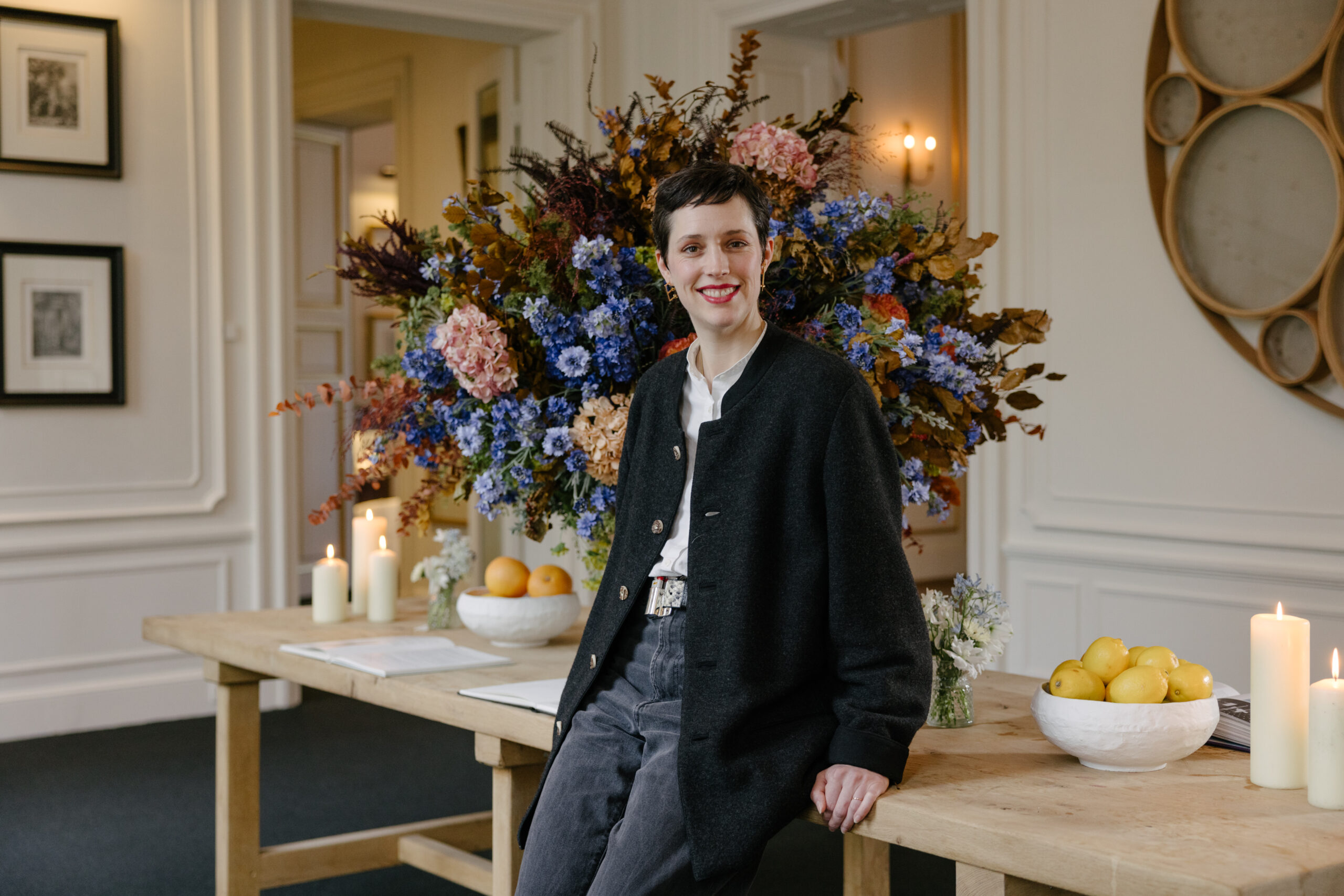
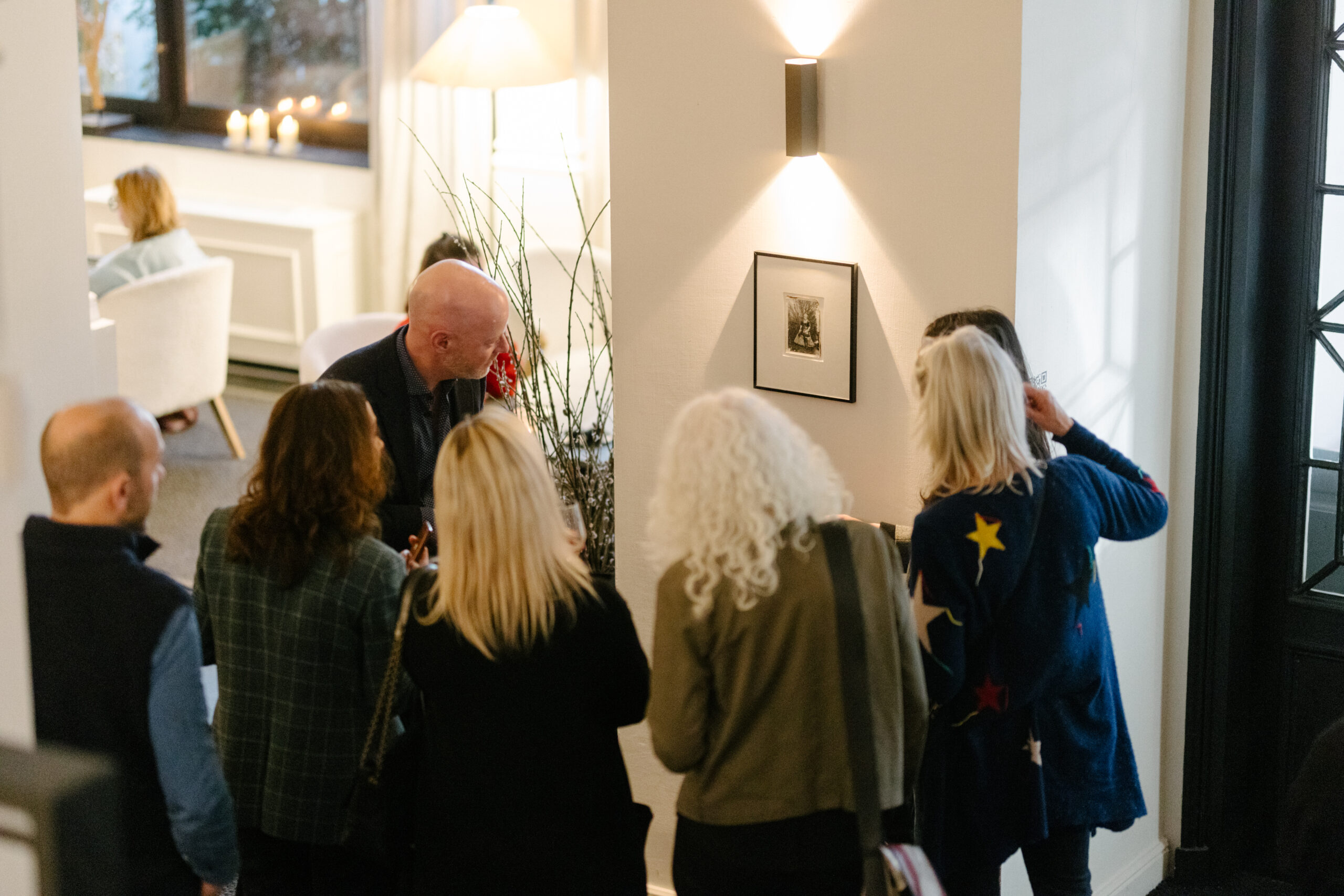
| Cookie | Duration | Description |
|---|---|---|
| cookielawinfo-checkbox-advertisement | 1 year | Set by the GDPR Cookie Consent plugin, this cookie is used to record the user consent for the cookies in the "Advertisement" category . |
| cookielawinfo-checkbox-analytics | 1 year | Set by the GDPR Cookie Consent plugin, this cookie is used to record the user consent for the cookies in the "Analytics" category . |
| cookielawinfo-checkbox-functional | 1 year | The cookie is set by the GDPR Cookie Consent plugin to record the user consent for the cookies in the category "Functional". |
| cookielawinfo-checkbox-necessary | 1 year | Set by the GDPR Cookie Consent plugin, this cookie is used to record the user consent for the cookies in the "Necessary" category . |
| cookielawinfo-checkbox-others | 1 year | Set by the GDPR Cookie Consent plugin, this cookie is used to store the user consent for cookies in the category "Others". |
| cookielawinfo-checkbox-performance | 1 year | Set by the GDPR Cookie Consent plugin, this cookie is used to store the user consent for cookies in the category "Performance". |
| CookieLawInfoConsent | 1 year | Records the default button state of the corresponding category & the status of CCPA. It works only in coordination with the primary cookie. |
| elementor | never | This cookie is used by the website's WordPress theme. It allows the website owner to implement or change the website's content in real-time. |
| JSESSIONID | session | New Relic uses this cookie to store a session identifier so that New Relic can monitor session counts for an application. |
| wpEmojiSettingsSupports | session | WordPress sets this cookie when a user interacts with emojis on a WordPress site. It helps determine if the user's browser can display emojis properly. |
| Cookie | Duration | Description |
|---|---|---|
| lang | session | LinkedIn sets this cookie to remember a user's language setting. |
| li_gc | 5 months 27 days | Linkedin set this cookie for storing visitor's consent regarding using cookies for non-essential purposes. |
| lidc | 1 day | LinkedIn sets the lidc cookie to facilitate data center selection. |
| Cookie | Duration | Description |
|---|---|---|
| _ga | 1 year 1 month 4 days | Google Analytics sets this cookie to calculate visitor, session and campaign data and track site usage for the site's analytics report. The cookie stores information anonymously and assigns a randomly generated number to recognise unique visitors. |
| _ga_* | 1 year 1 month 4 days | Google Analytics sets this cookie to store and count page views. |
| _gat_gtag_UA_* | 1 minute | Google Analytics sets this cookie to store a unique user ID. |
| _gcl_au | 3 months | Google Tag Manager sets the cookie to experiment advertisement efficiency of websites using their services. |
| _gid | 1 day | Google Analytics sets this cookie to store information on how visitors use a website while also creating an analytics report of the website's performance. Some of the collected data includes the number of visitors, their source, and the pages they visit anonymously. |
| CONSENT | 2 years | YouTube sets this cookie via embedded YouTube videos and registers anonymous statistical data. |
| Cookie | Duration | Description |
|---|---|---|
| li_alerts | 1 year | Description is currently not available. |
| Cookie | Duration | Description |
|---|---|---|
| bcookie | 1 year | LinkedIn sets this cookie from LinkedIn share buttons and ad tags to recognize browser IDs. |
| bscookie | 1 year | LinkedIn sets this cookie to store performed actions on the website. |
| IDE | 1 year 24 days | Google DoubleClick IDE cookies store information about how the user uses the website to present them with relevant ads according to the user profile. |
| test_cookie | 15 minutes | doubleclick.net sets this cookie to determine if the user's browser supports cookies. |
| VISITOR_INFO1_LIVE | 5 months 27 days | YouTube sets this cookie to measure bandwidth, determining whether the user gets the new or old player interface. |
| VISITOR_PRIVACY_METADATA | 6 months | YouTube sets this cookie to store the user's cookie consent state for the current domain. |
| YSC | session | Youtube sets this cookie to track the views of embedded videos on Youtube pages. |
| yt-remote-connected-devices | never | YouTube sets this cookie to store the user's video preferences using embedded YouTube videos. |
| yt-remote-device-id | never | YouTube sets this cookie to store the user's video preferences using embedded YouTube videos. |
| yt.innertube::nextId | never | YouTube sets this cookie to register a unique ID to store data on what videos from YouTube the user has seen. |
| yt.innertube::requests | never | YouTube sets this cookie to register a unique ID to store data on what videos from YouTube the user has seen. |